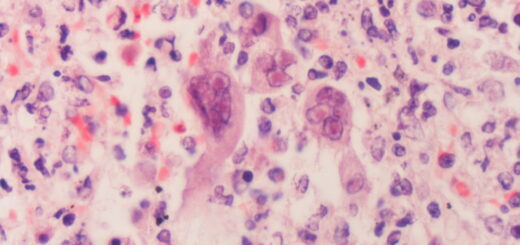Jaws of the Jurassic: The gory evolution of bloodsucking lampreys
One hundred and sixty million years ago, the vibrant waters of Jurassic earth housed a sinister presence — flesh-eating lampreys. Reminiscent of eels, though unrelated, these fish had a horrifying approach to feeding. Suctioning onto passing fish using their nightmarish tooth-lined sucker, they stripped away flesh and feasted upon their unlucky, living hosts.
Lampreys are ancient, entering the fossil record around 360 million years ago, surviving several mass extinctions since. Today, their modern ancestors prowl freshwater and coastal seas. Lampreys are consumed in several countries, even slithering their way into the royal pies of Queen Elizabeth II[1].
Bizarrely, modern lampreys metamorphose (transform), like tadpoles. Lamprey larvae emerge from eggs as tiny, blind worm-like creatures called ammocoetes that filter-feed. As the larvae metamorphose into adults, some develop terrifying, teeth-filled mouths for blood-sucking. However, some freshwater lamprey adults don’t feed, dying after they reproduce[2].
Lamprey evolution remains mysterious, due to a meagre number of fossils discovered. Unfortunately, lamprey skeletons are cartilaginous (like our nose and ears) and their teeth are made of keratin (like our hair and nails). Over time, cartilage and keratin break down, leaving little trace. Lampreys are now one of two living members of the jawless fishes (agnathans). Despite lacking bony vertebrae (the bones in our spines), they are one of the earliest vertebrates; this means they share a common ancestor with us![3] Most ancient lamprey fossils are between 550 to 250 million years old. They were previously smaller (~100mm long) with less complex teeth, likely for snacking on algae. Evidence suggests these lampreys probably didn’t have a larval stage or undergo metamorphosis like their modern descendants[4], raising the questions of when and why metamorphosis evolved in lampreys.
Recently, palaeontologists uncovered more recent lamprey fossils (~160 million years old) in Northern China, that are helping us understand this shift in lifestyle. These fossils were larger (~600mm long), possessed complex teeth and probably underwent metamorphosis, like modern lampreys. The remains of bony fish in their intestines suggests they ate flesh[5].
These new fossils are connecting the dots between the rise of predation in Jurassic lampreys as an adaptation to a different food supply. Did the emergence of thinner-scaled fishes during the Jurassic era create a more nutritious food source for the lamprey? As lampreys stop feeding during metamorphosis, were flesh-eating adults fitter, leaving better quality offspring to survive this transformation? Did the evolution of metamorphosis in lampreys help them survive to this day?
[1]https://en.wikipedia.org/wiki/Lamprey_pie
[2] https://en.wikipedia.org/wiki/Lamprey
[3]https://ucmp.berkeley.edu/vertebrates/basalfish
[4] https://www.nature.com/articles/s41586-021-03305-9
[5] https://www.nature.com/articles/s41467-023-42251-0
Edited by Hazel Imrie and Despoina Allagioti
Copy-edited by Rachel Shannon







